Read our latest news, or click the button to filter by year for older press releases.
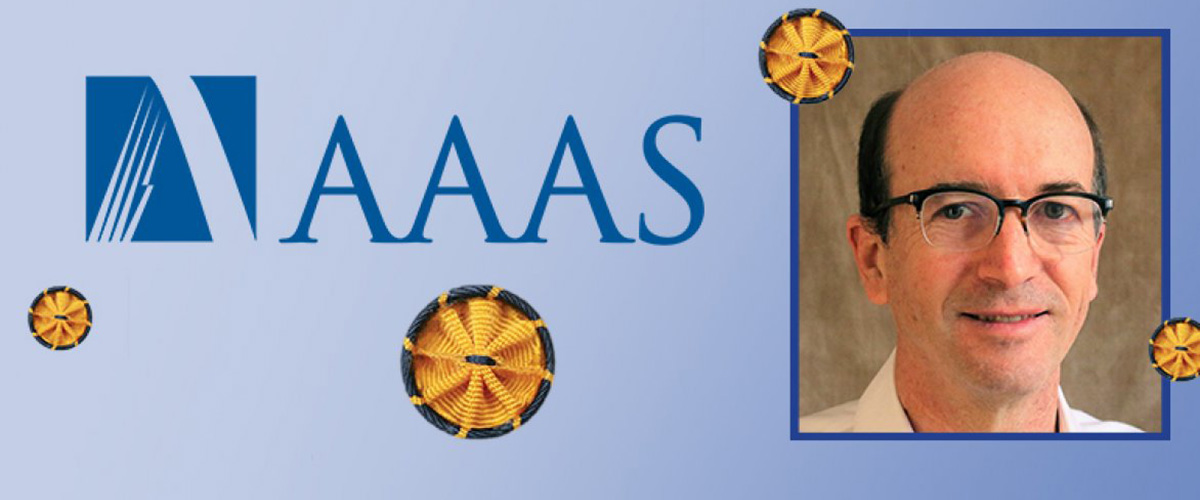
December 04, 2020
Marcelo Jaime recognized for his contributions to experimental physics in high magnetic fields.
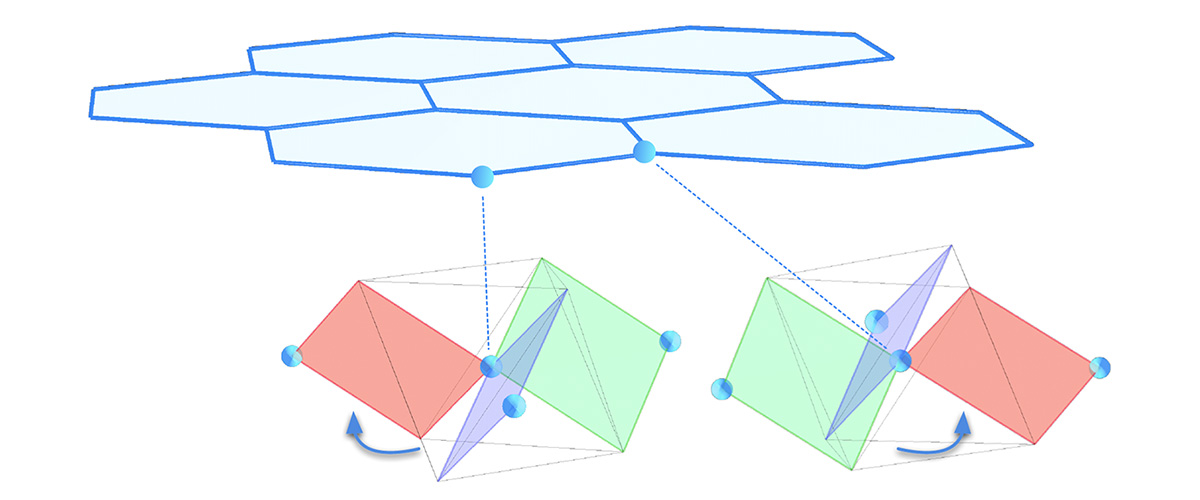
October 05, 2020
A new experimental technique allowed physicists to precisely probe the electron spins of an intriguing compound and uncover unexpected behavior.

September 22, 2020
David Larbalestier is the first Florida State faculty member ever to receive the honor.
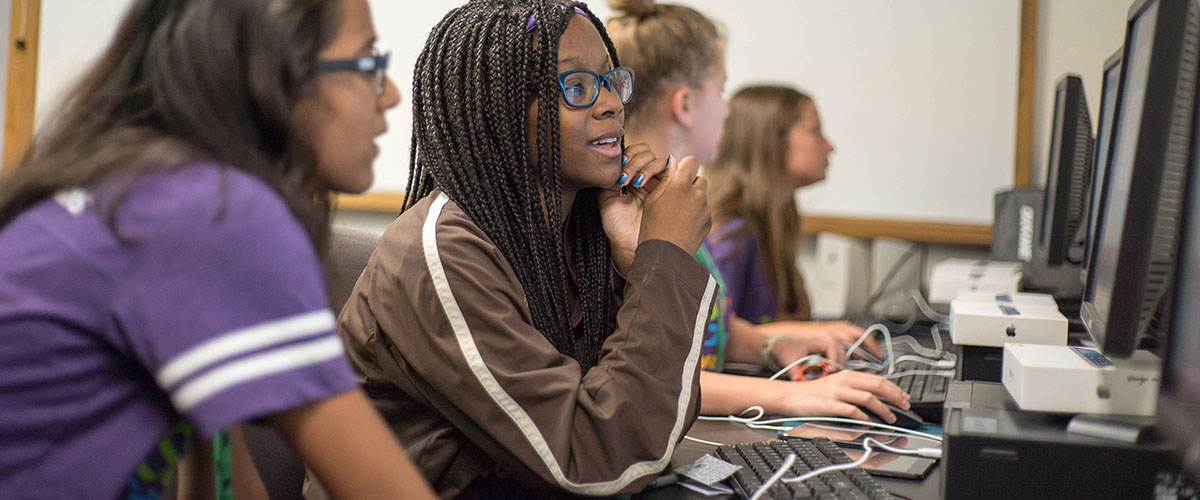
September 21, 2020
Research on MagLab science camp yields a framework for better understanding how to encourage girls and underrepresented minorities in STEM's most male…
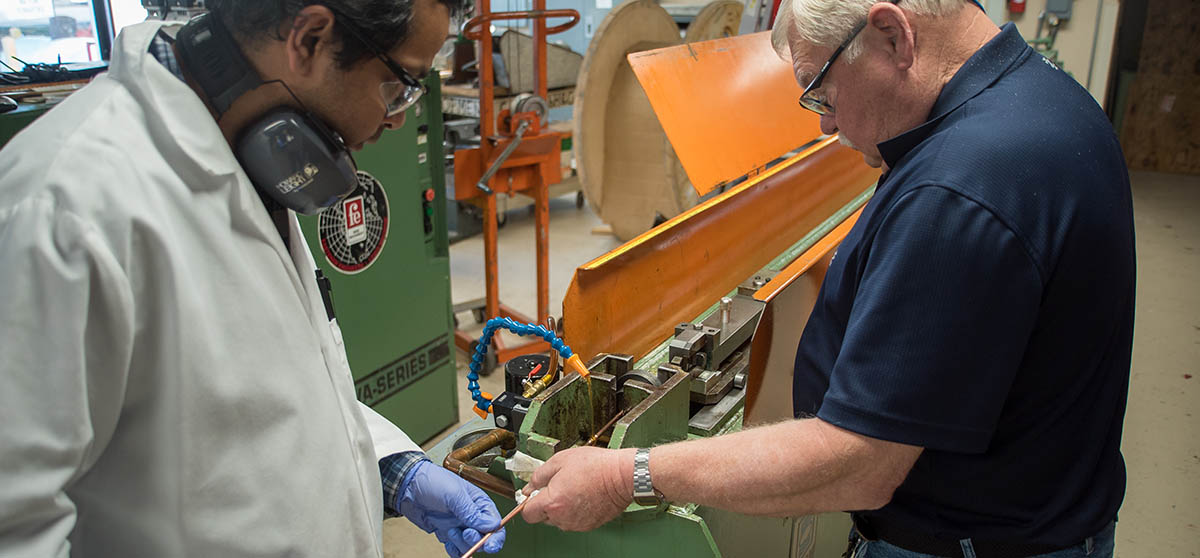
July 17, 2020
Grant from the U.S. Department of Energy will further research that will help make the next generation of high-energy particle accelerators.
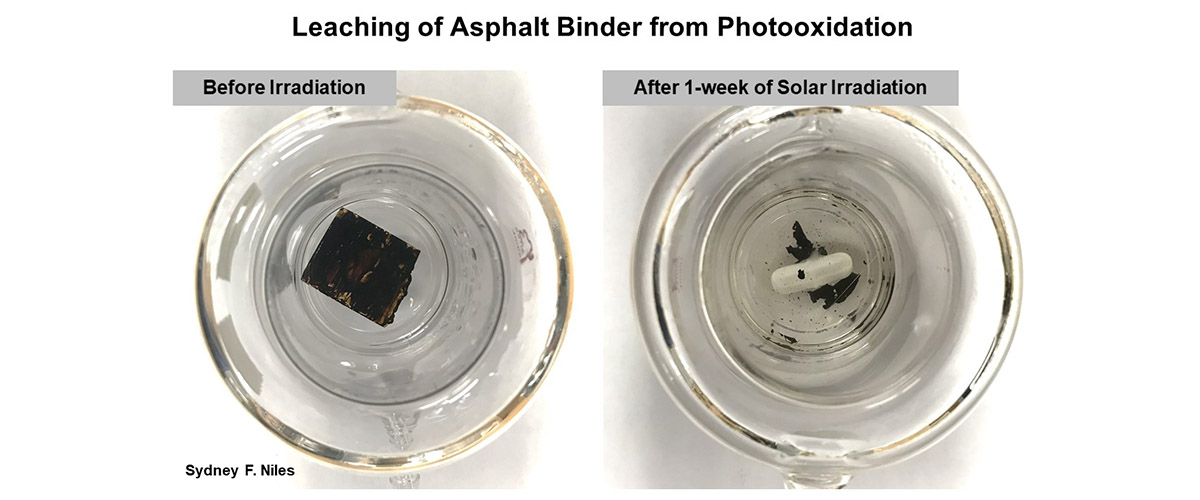
July 13, 2020
MagLab researchers show that exposure to sun and water causes thousands of chemicals to leach from roads into the environment.
July 06, 2020
Columbia researchers first to discover a quantum fluid—fractional quantum Hall states, one of the most delicate phases of matter—in a monolayer 2D sem…
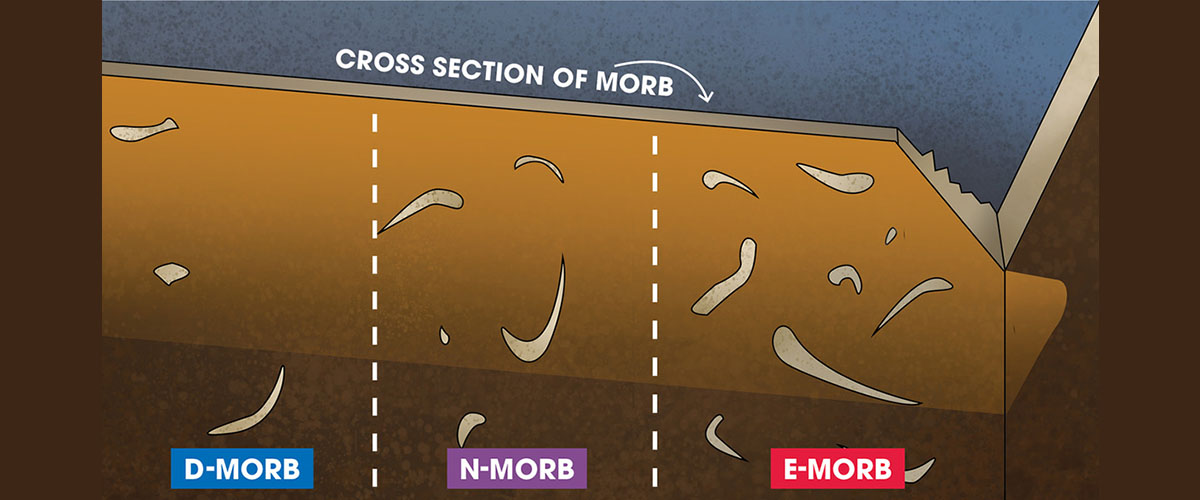
June 26, 2020
Using a novel technique, researchers uncover secrets hidden deep below the surface of our planet.
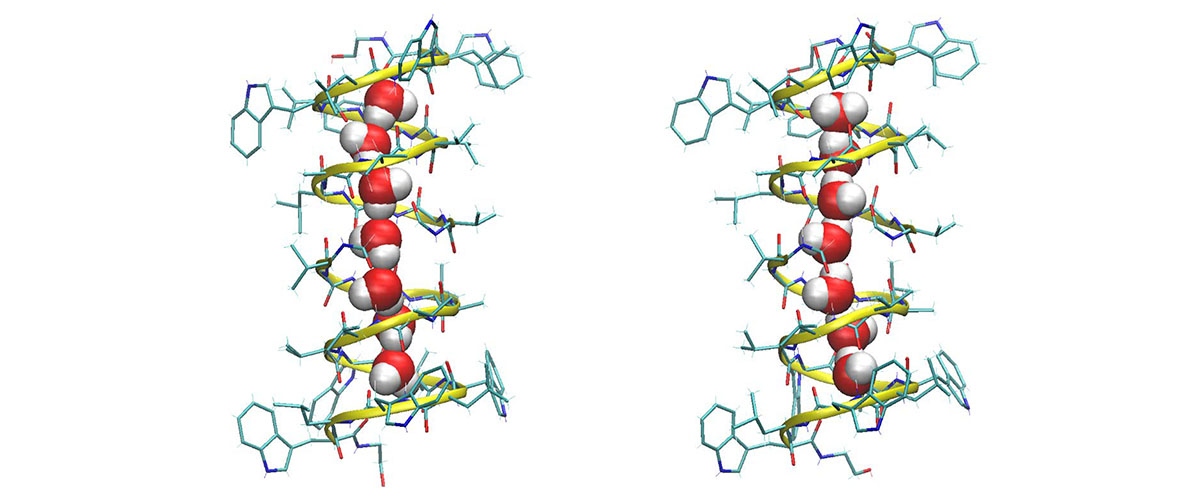
May 15, 2020
New insights challenge current understanding of how ion transport through some cell membranes works.
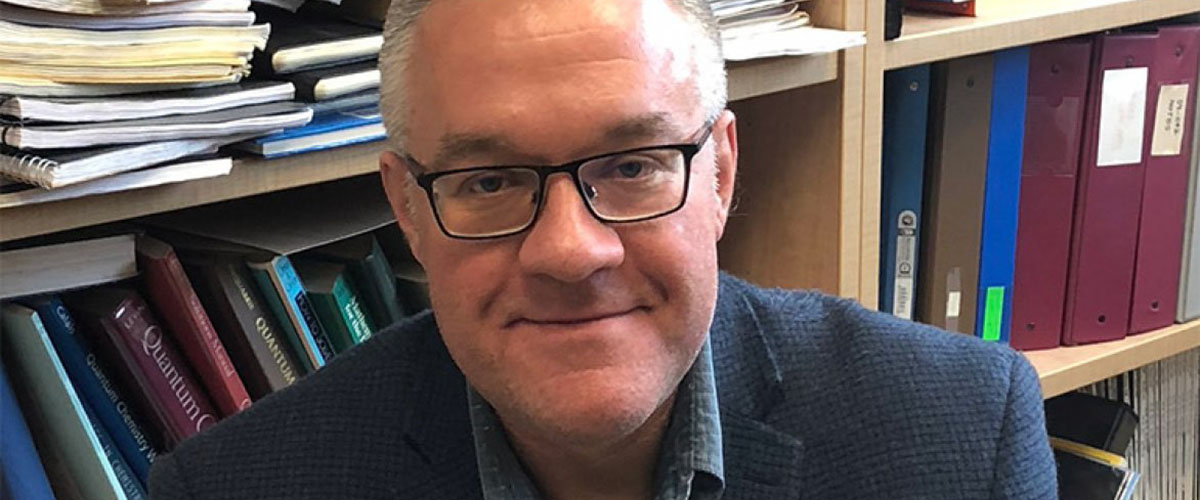
May 14, 2020
As head of nuclear magnetic resonance at the MagLab's Tallahassee headquarters, Rob Schurko hopes to expand capabilities and build new magnets.

March 30, 2020
A model predicts that, unlike the eddies found in classical fluids, a corkscrew-shaped structure transfers rotation from one drop of quantum fluid to …

March 16, 2020
The successful test of concept shows that the novel design, using a high-temperature superconductor, could help power tomorrow's particle accelerators…
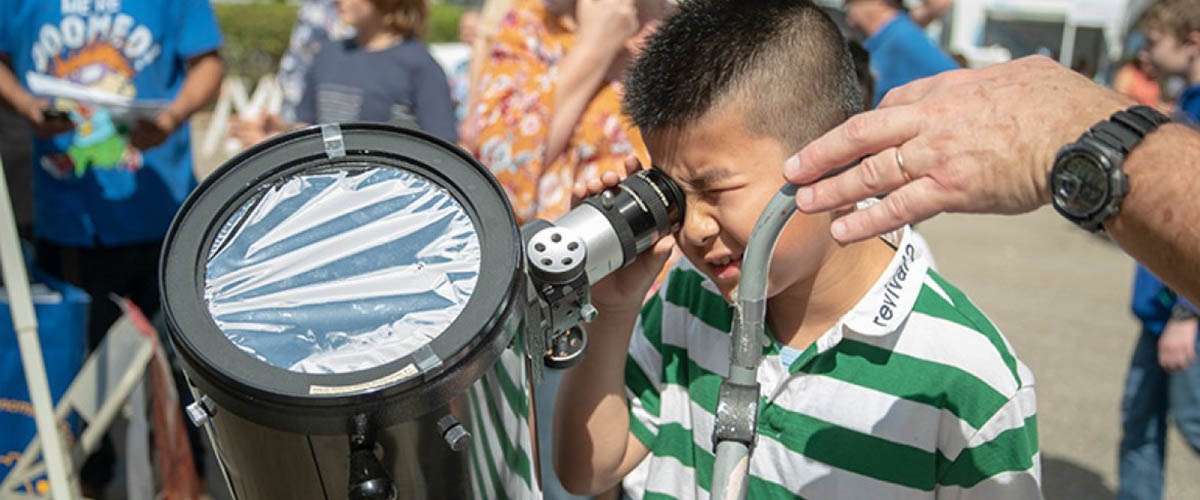
February 14, 2020
On Feb. 22, the lab opens its doors once again, inviting science lovers of all ages to do hands-on activities related to space, time and all things fu…
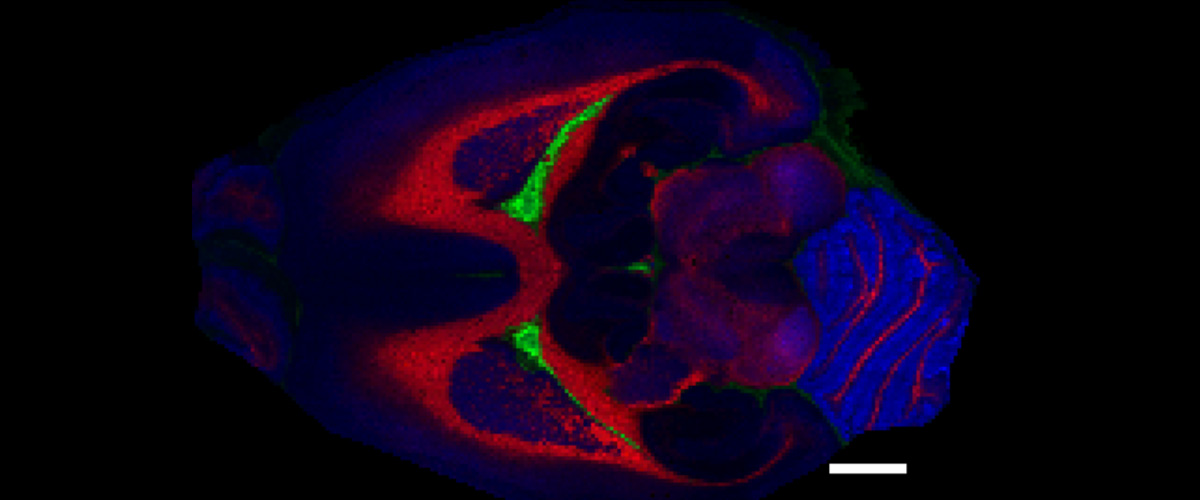
January 23, 2020
Enabled by a world-record instrument, the images convey vast amounts of data that could be useful in health and pharmaceutical research.